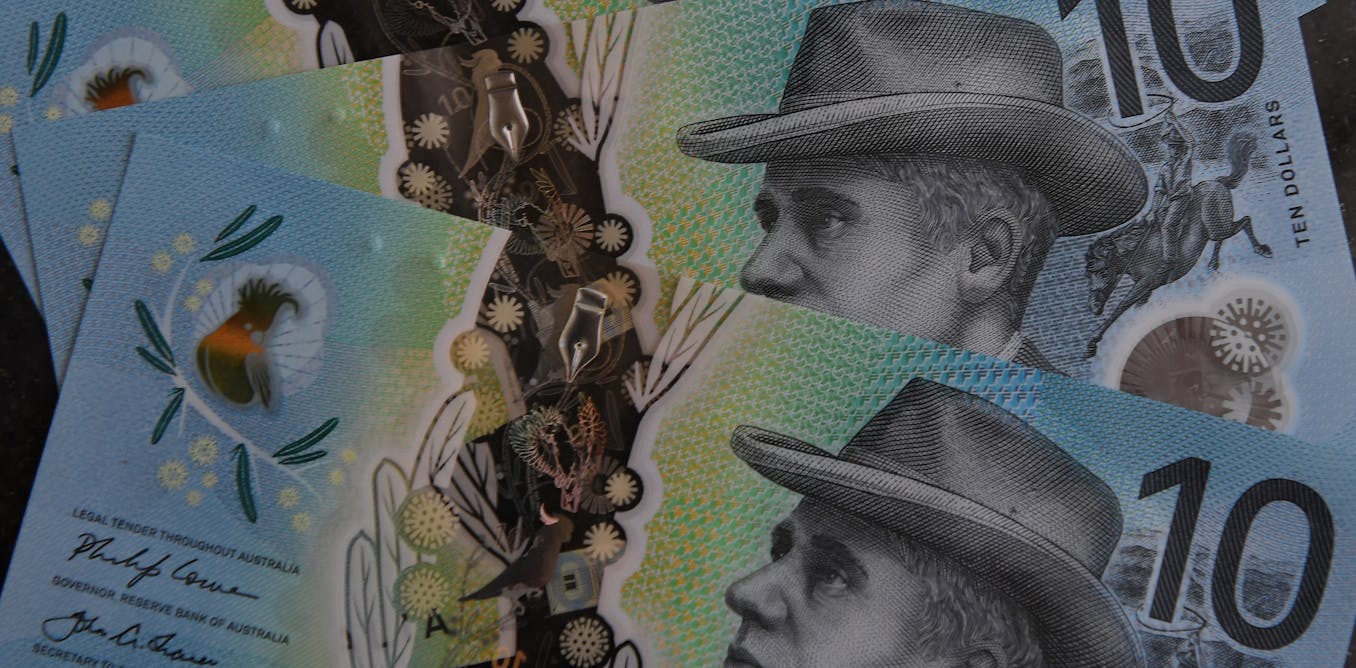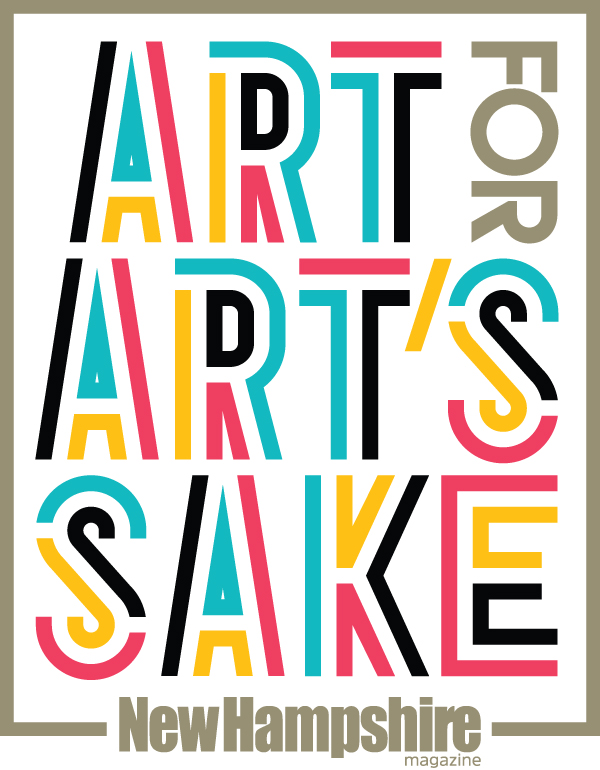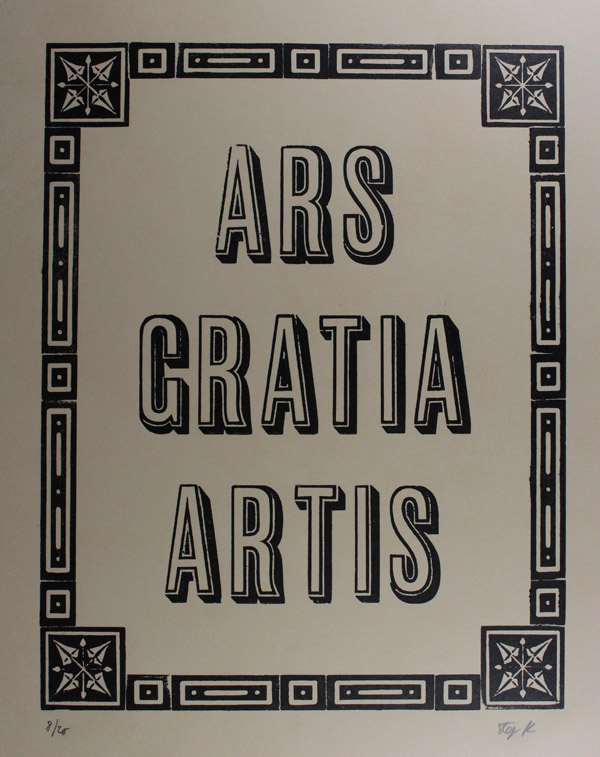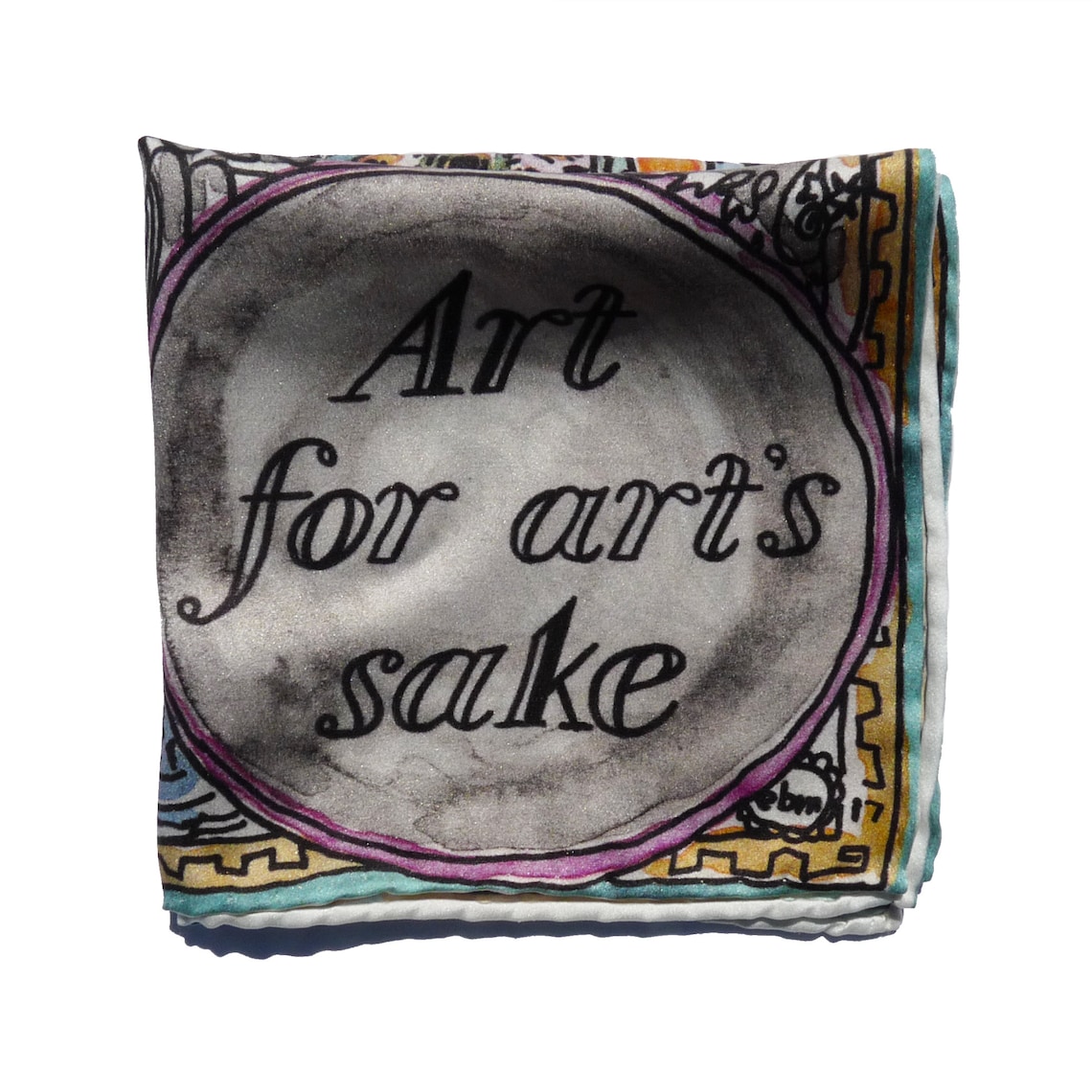
commission4mission Art for Art's Sake
What Does Art for Art's Sake Mean. Art for art's sake is a term that originated in the 19th century. It's meaning reflects the philosophy that true art is created purely for intrinsic value. The phrase is credited to Victor Cousin, a French philosopher. This concept tells us that art can be made purely for aesthetics, and nothing else.

AFAS (Art for Art's Sake) Best of Winston
The phrase "art for art's sake" was used in the 1835 preface for a book called Mademoiselle de Maupin, which was written by Théophile Gautier and stressed the idea that artists should create art that was appreciated purely for its aesthetic value, without the influence of utilitarian or moral value.

Art for art's sake Art for art sake, Decor, Home decor
Art for Art's Sake Simplified Art for the sake of art, a phrase derived from the French l'art pour l'art, was created by the French philosopher Victor Cousin in the early nineteenth century. Many authors and artists, particularly those connected with Aestheticism, believe that art does not require justification, that it does not need to.

Art for Art's Sake Hayfork TRINITY COUNTY ARTS COUNCIL
2. Art for Art's Sake. By the early 20th century, progressive modernism came to dominate the art scene in Europe to the extent that conservative modernism fell into disrepute and was derided as an art form.It is well to remember that for most of the 20th century, we have fostered a narrow view of the modernist period, one in which progressive modernism has received almost exclusive attention.

Pin by Designer's Market on Art for art's sake Art for art sake, Painting, Art
Key Ideas & Accomplishments . The idea of Art for Art's sake has its origins in nineteenth-century France, where it became associated with Parisian artists, writers, and critics, including Théophile Gautier and Charles Baudelaire.These figures and others put forward the idea that art should stand apart from all thematic, moral, and social concerns - a significant break from the post.

Pin by Jenny Rogers Greenwood on Art for Arts Sake in 2020 Art for art sake, Art, Sake
n a letter that Wilde's editors assign to April 1891, he clearly and unequivocally states the doctrine of art of art's sake, several times inadvertently revealing the essential incoherence and lack of intellectual rigor in the notion (one really can't call it a theory). He begins by telling one R. Clegg, whom the editors have been unable to.

Art for art’s sake Dallas Voice
Art for art's sake avoids false warmth; it is untamed, but orderly. Art that directs our feelings about contemporary events, even when well intentioned, quickly reads as dated, corrupted, almost.

ART FOR ART'S SAKE Jude Collins
Kant's answers became, by the 20th century, to be commonly called "formalism.". Attention to Form in Kantian philosophy, or art for art's sake, separates art from its traditional role as purveyor of subject matter on the command of a patron. But there is a difference between what Kant wrote and what his followers made of his ideas.

Art for art’s sake
THE cult of "art for art's sake," which had a great vogue at the end of the last century, was, in pictorial art, set aside, or rather absorbed between the two wars by other cults of a similar nature, such as the cult of pure form, of plastic form, of cubism, and these in their turn have been pushed into the background by the sinister spectre of the unconscious.

Art for Art's Sake C.B. Gitty Guitar Giveaway New Hampshire Magazine
The meaning of ART FOR ART'S SAKE is —used to refer to making art for no other reason than that art is important.

Art for Art's Sake Amazon.co.uk CDs & Vinyl
"Art for art's sake" is the usual English rendition of a French slogan, "l'art pour l'art'," which was coined early in the nineteenth century by the French philosopher Victor Cousin and became a bohemian slogan during the nineteenth century. Although Théophile Gautier (1811 - 1872) did not use the actual words, the preface to his novel Mademoiselle de Maupin (1835) was the earliest.

Art for Art's Sake Sanders of Oxford
art for art's sake, a slogan translated from the French l'art pour l'art, which was coined in the early 19th century by the French philosopher Victor Cousin.The phrase expresses the belief held by many writers and artists, especially those associated with Aestheticism, that art needs no justification, that it need serve no political, didactic, or other end.

Pin by Iris MesLow Art on art for arts sake Art, Art for art sake, My arts
The Meaning of Art for Art's Sake. Art for the sake of art is the belief held by certain artists that art has intrinsic worth irrespective of any political, social, or ethical relevance. They believe that art should be assessed only on its own merits: whether it is aesthetically pleasing or not, and capable of creating a sense of awe in the.

Art for Art's Sake Digitally Printed Peacock Watercolour Etsy
The title of the song derives from the fact that Graham Gouldman's father, Hymie Gouldman, often used to say "Art for art's sake, money for God's sake, okay". [2] The wordless tape-loop vocals used by the band in their ground-breaking hit I'm Not in Love are also clearly audible in the slow sections of the song.

Art for Arts' Sake October 03, 2015 Student Art, Art Students, Art For Art Sake, Printmaking
The phrase "art for art's sake" may sound simple—but these four words ushered in a brand-new art movement in Victorian era London. "Art for art's sake" originated as an English translation of the French slogan l'art pour l'art. In the 1860s, the concept was popularized by Walter Pater, an influential British art critic. His.

Art For Art's Sake
It refers to a philosophy of art that values the intrinsic beauty of creation and the art in its own right. "Art for art's sake" is used within a wide range of disciplines. It can be found, interestingly, in some commercial settings. Those who follow this philosophy believe that the only "true" or "real" art is that which is.